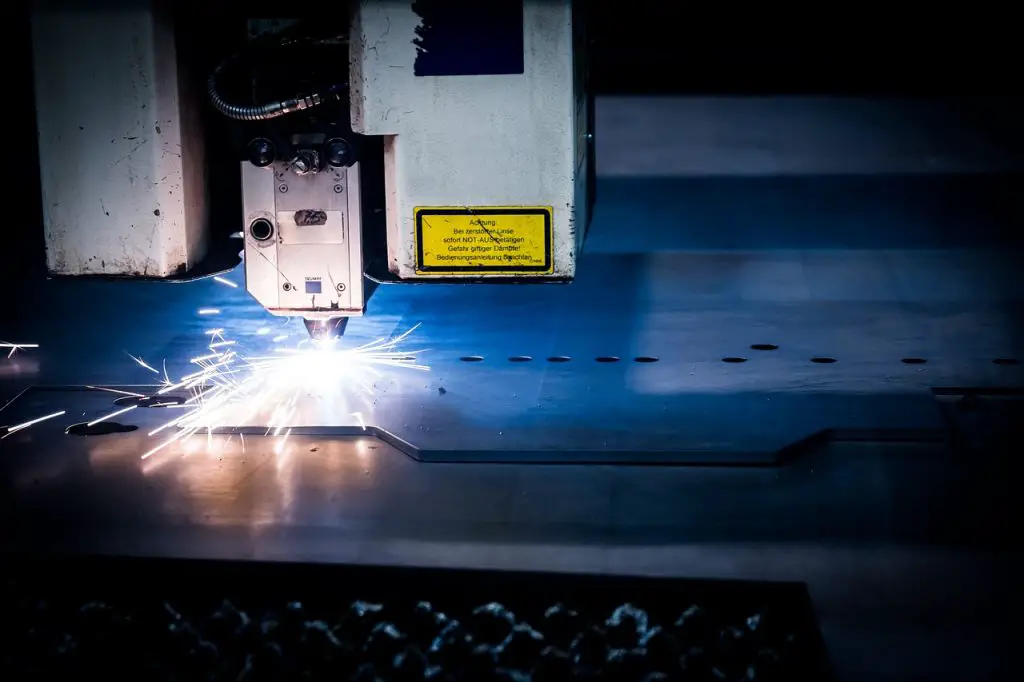Have you ever watched a laser cutting machine? Ever wondered how light beams cut through metals? Well, if you study deep about laser cutting there is very interesting science behind the scenes.
A laser cutting machine operates by applying high energy (often in gigawatts level) laser beams to a particular point, and these high energy light beams pierce through metal or other materials that come in line. So how does this machine produce high energy beams?
The normal output from a laser is not in the range of mega watts or giga watts! But the same laser can be made to produce high energy light beams by applying q switching. So Q switching is basically a method by which a laser is made to produce an extremely high power pulse output. This is achieved by putting some type of variable attenuator inside a lasers optical resonator; and this attenuator is usually called a ‘Q switch’.
Based on mode of operation, Q switching can be “active” and “passive”. In the case of active q switching, the ‘Q switch’ is an externally controlled attenuator, a mechanical device like a shutter, or a chopper wheel. In this case, the pulse repetition rate can be externally controlled and the rejected light can be used for something else. In the case of passive switching, the ‘Q switch’ is a saturable absorber, usually an ion dopped crystal, a passive semiconductor, or something like that.
Types of Q Switches
There are basically 4 types of Q switches and they are classified below:
Acousto Optic Q Switces
The most common type of Q switch is an acoustic optic modulator. They are preferred mostly because of low transmission losses. The transmission losses through some crystal or glass piece is low when the acoustic wave is switched off, and strong bragg reflection occurs when the acoustic wave is switched on. The transmission loss is usually 50%, which is way better compared to linear laser resonators (which has 75% transmission loss).
Electro Optic Q switches
This type of Q switch is used for applications that require high switching speeds. An electro optic modulator is used in Q switched microchip lasers. Application for electro optic Q switches is in lasers with high gain, where the diffraction frequency of an AOM would be insufficient.
Mechanical Q Swiches
Mechanical Q switches were used in the early days of q switched lasers, Usually a small laser mirror is mounted on a quickly rotating device, and a pulse builds up when the mirror is in a position that closes the laser resonator. The approach is simple and applicable in a wide range of spectral regions. Mechanical Q switches are not widely used now but is still in use for a few special cases.


Comments are closed.